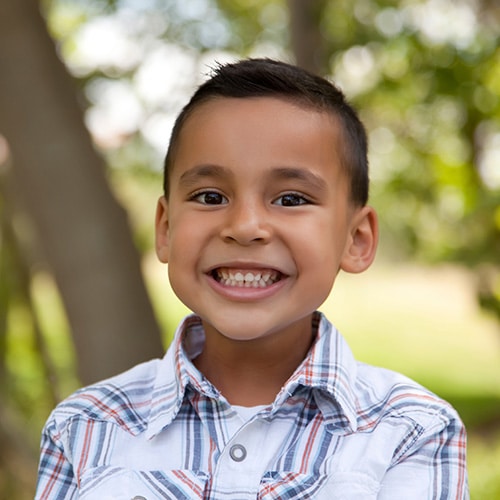Nitrous Oxide
Occasionally children need more intense dental treatment than a cleaning or checkup. When Dr. Tiffany is filling cavities or completing other treatments, we offer nitrous oxide sedation for our patients. Nitrous oxide, or laughing gas, has been safely and commonly used in pediatric dentistry for years. Nitrous oxide/oxygen is a blend of two gases, oxygen, and nitrous oxide. This method is administered through a small breathing mask which is placed over the child’s nose where they are breathing a higher concentration of oxygen than “room air” at all times.
This allows your child to relax, suppresses their gag reflex, and speeds up time for your child’s appointment without putting them to sleep. The American Academy of Pediatric Dentistry identifies this Nitrous oxide as a very safe and effective technique to use for treating children’s dental needs. The gas administered is mild, and this sedation is easily taken and non-addictive. While inhaling the pediatric laughing gas, your child will remain fully conscious and keep all natural reflexes.
Below are a few side effects your child may feel when receiving the nitrous oxide sedation:
- A warm euphoric feeling
- Lightheadedness
- Floating or tingling in the limbs
- Possible sleepiness
- A Giggling and “funny” feeling
If your child feels discomfort or has an adverse reaction from the nitrous oxide sedation, it can easily be reversed by breathing 100% oxygen. The percentage of nitrous oxide being administered can also be adjusted during the procedure.
You will see that your child will have no lasting side effects when taking this sedation method. After the procedure, your child can resume day-to-day activities as normal.
IV Sedation/ Deep Sedation
- Deep sedation is an effective tool that we use with care and lots of consideration. It is a safe and effective way to treat apprehensive young patients to avoid potential psychological trauma from long treatment visits. Deep sedation is administered in the office by a Medical Pediatric Anesthesiologist where the patient is sleeping but breathing on their own throughout the procedure. Please visit the Pediatric Dental Anesthesia Association website to learn more.






